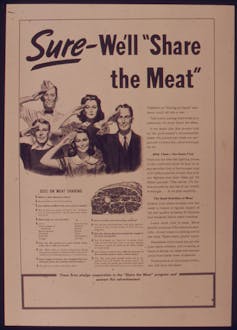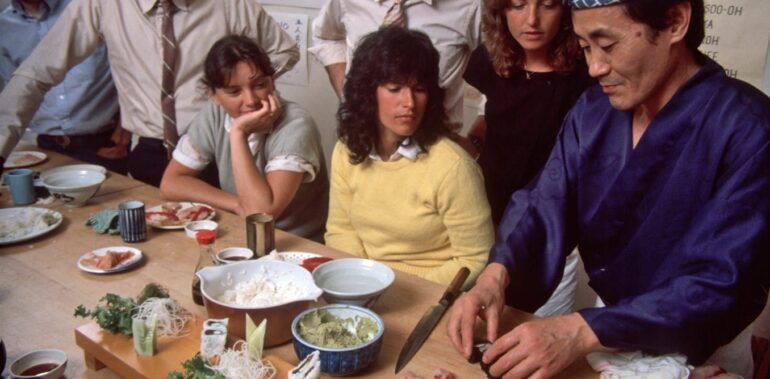What will the diets of the future look like? The answer depends in part on what foods Westerners can be persuaded to eat.
These consumers are increasingly being told their diets need to change. Current eating habits are unsustainable, and the global demand for meat is growing.
Recent years have seen increased interest and investment in what are called alternative proteins – products that can replace typical meats with more sustainable alternatives. One option is cultivated, or cultured, meat and seafood: muscle tissue grown in labs in bioreactors, using animal stem cells. Another approach involves replacing standard meat with such options as insects or plant-based imitation meats. All of these products promise a more sustainable alternative to factory-farmed meat. The question is, will consumers accept them?
I’m a philosopher who studies food and disgust, and I’m interested in how people react to new foods such as lab-grown meat, bugs and other so-called alternative proteins. Disgust and food neophobia – a fear of new foods – are often cited as obstacles to adopting new, more sustainable food choices, but I believe that recent history offers a more complicated picture. Past shifts in food habits suggest there are two paths to the adoption of new foods: One relies on familiarity and safety, the other on novelty and excitement.
Disgust and the yuck factor
Disgust is a strong feeling of revulsion in response to objects perceived to be contaminating, polluting or unclean. Scientists believe that it evolved to protect human beings from invisible contaminants such as pathogens and parasites. Some causes of disgust are widely shared, such as feces or vomit. Others, including foods, are more culturally variable.
So it’s not surprising that self-reported willingness to eat insects varies across nationalities. Insects have been an important part of traditional diets of cultures around the world for thousands of years, including the ancient Greeks.
Many articles about the possibility of introducing insects to Western or American diners have emphasized the challenges posed by neophobia and “the yuck factor.” People won’t accept these new foods, the thinking goes, because they’re too different or even downright disgusting.
If that’s right, then the best approach to win space on the plate for new foods might be to try to make them seem similar to familiar menu items.
The safe route to food acceptance

During World War II, the government worked to make it seem patriotic to not pig out on the usual meat.
U.S. National Archives/Flickr, CC BY
During World War II, the United States government wanted to redirect its limited meat supply to troops on the front lines. So it needed to convince home cooks to give up their steaks, chops and roasts in favor of what it called variety meats: kidneys, liver, tongue and so on.
To figure out how to shift consumer habits, a team of psychologists and…



